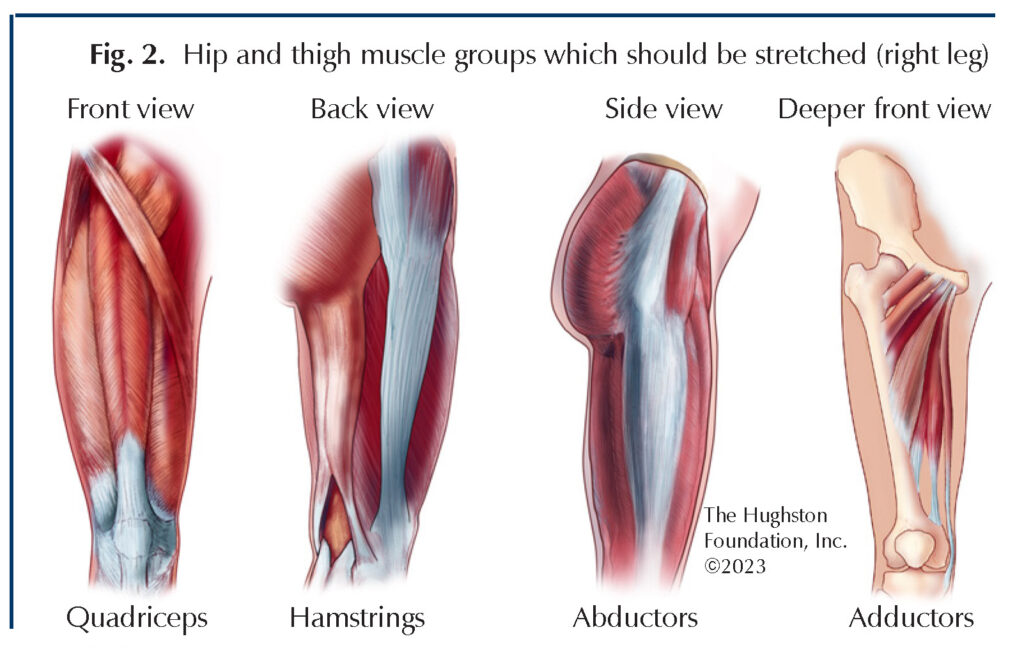
Soccer is enjoyed by millions of athletes each year. Generally, it is a safe and effective form of exercise; however, injuries such as sprains and strains often occur. Soft tissue (ligaments, tendons, and muscles) injuries are the most common injuries in soccer. These injuries include minor contusions (bruising a ligament, tendon, or muscle), sprains (stretching or tearing a ligament), and strains (stretching or tearing a muscle or tendon). Fractures (broken bones) occur far less often but, commonly are more serious.
10 facts about soccer injuries¹
The greatest risk factors for injury seem to be the level of play and how often the athlete is exposed to the game. On the other hand, there appears to be no compelling evidence that position or technique is associated with a higher risk of injury. Here are some interesting facts gathered by the American Academy of Pediatrics regarding sprains and breaks that occur in soccer:
- The occurrence of injury increases with the age of the players.
- Seventy percent of sprain and break injuries occur in the lower extremity with 25% of these involving ligament and fracture injuries of the knee, and the other 25% involving sprains of the ankle (Fig. 1).
- Head and facial injuries account for as much as 22% of all soccer injuries, of which approximately 20% are concussions.
- More injuries occur during games than during practice.
- Fractures account for only 4% of soccer injuries and they occur most often in the upper extremity.
- Girls have a greater incidence of sprain and strain injuries than boys. These injuries could be related to the lack of conditioning.
- Most often, injuries from player-to-player contact occurs during tackling.
- There appears to be no association between soccer positions and injury rates except youth goalies have a higher rate of injury than other youth players.
- Indoor soccer has a higher risk of injury than outdoor soccer.
- Soccer is the second leading cause of facial and dental injuries in sports, preceded only by basketball.
Risk Factors
A number of factors are related to a higher risk of injury for soccer players. Players who lack flexibility have an increased incidence of injury. Previously injured players are at a higher risk to repeat the injury. Many injuries are related to poor or no equipment, such as shin guards. Poor field conditions are often responsible for sprains and breaks, and rule violations can also result in injuries.
Prevention
Preventive steps can be taken to decrease the risk of sprains, strains, and breaks in soccer players. The most effective prevention plan includes a flexibility program. To reduce injury, a player should always warm up and stretch before every game and every practice. To improve flexibility, players can warm up with kicking drills and then engage in a stretching program before running and shooting drills. Attention should be paid to stretching the abductor and adductor muscles of the hip and the iliopsoas and quadriceps muscles in the thigh (Fig. 2). Hamstring and back muscles should be stretched, and finally, the calf muscle should be kept supple.

Wearing the proper equipment, which includes shin guards and properly fitted footwear that are in good condition, reduces injury. Wearing shoes with molded cleats or ribbed soles and using nonabsorbent balls that do not become water-logged and heavy when wet prevent lower extremity and other injuries.
An injured athlete should be completely rehabilitated before he or she returns to play. Recurrence of injuries can be a major concern if the player is not completely reconditioned. Protection by taping an old injury may be effective in preventing the recurrence of an injury, specifically, ankle injuries.
A good playing field can prevent many injuries. The playing surface should be kept in good condition for both practice and games. Holes on the playing field should be filled and bare spots reseeded with grass. Debris should never be left on the field and the goals should be well padded and properly secured.
Treatment
Treatment of sprains and strains in soccer players follows the guidelines of most sports injuries. Because the majority of these injuries are minor, the concept of R.I.C.E., rest, ice, compression, and elevation of the injury is appropriate. Breaks require the care of a physician. An injured athlete should not hesitate to consider medical evaluation if the pain from the injury increases or is persistent, if there are joint injuries, or if there is loss of function of the involved extremity.
Injuries occur in all sports, including soccer. Fortunately, most soccer injuries are minor and are easily treated. A warm up and stretching program, proper equipment, and a safe field are the keys to avoiding the majority of these injuries.
A remembrance of Stephen C. Hunter, MD (1942-2002)
Celebrating his life and legacy, 21 years since his passing.
Reprinted from the Hugshton Health Alert: Volume 14, Number 4, Fall 2002
Reference:
- American Academy of Pediatrics. Injuries in Youth Soccer: a subject review. Pediatrics. 2000;10:659-661.
Last edited on April 19, 2023
